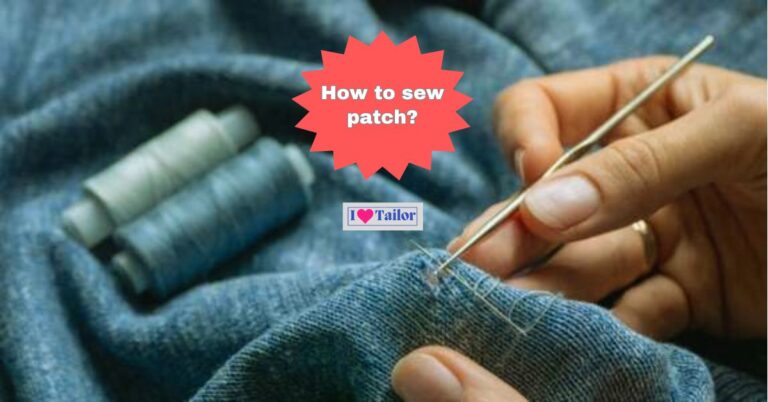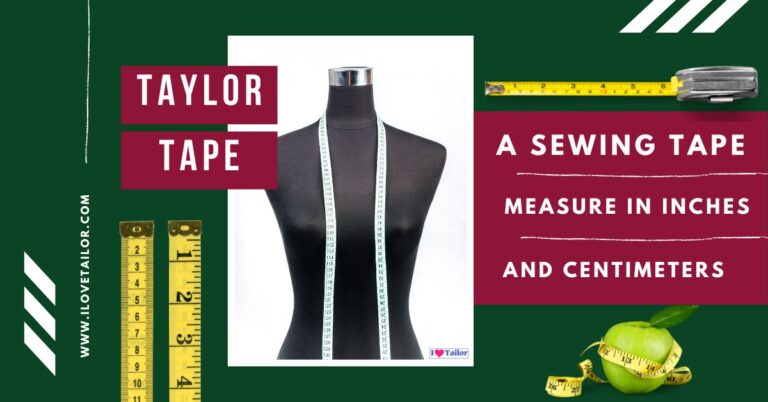The importance of the dupatta in women’s fashion trends
The dupatta, a traditional scarf-like piece of cloth, is more than just a fabric; it’s a symbol of modesty, style, and cultural identity for many women around the world. Often used as part of traditional South Asian attire, the dupatta has transcended its cultural boundaries to become a versatile and fashionable accessory in women’s wardrobes globally. In this article, we delve deep into The Importance of the Dupatta in Women’s Fashion Trends, exploring its historical roots, cultural significance, and its evolving role in contemporary fashion.
Introduction to the Dupatta
Historically referred to as ‘chunri’ or ‘odhni’, the dupatta finds its origins in the rich tapestry of South Asian history, dating back several millennia. Initially, it represented modesty and respect, forming a crucial element in the attire of women across India, Pakistan, Bangladesh, and their neighbors. As time progressed, the dupatta transformed, mirroring socio-cultural shifts and blending various fashion influences.
Fashion and Style Appeal
In the realm of modern fashion, the dupatta transcends its traditional role, emerging as a significant fashion statement. Its range spans from sleek, single-colour designs to intricately embroidered and adorned pieces, appealing to a wide spectrum of global fashion preferences. The dupatta’s adaptability is evident in its pairing with traditional outfits like salwar kameez and lehengas and its incorporation into fusion styles with jeans and tops.
The Importance of the Dupatta in Women’s Fashion Trends

As an integral component of South Asian dress, the dupatta has significantly influenced women’s fashion trends both locally and globally. Below is a breakdown of the crucial aspects that underscore the dupatta’s impact on contemporary fashion:
- Cultural Significance: In the realms of South Asia, the dupatta is not merely a fabric but a symbol of modesty and honor. Regularly worn, it reflects a woman’s cultural and regional identity. The method of draping it can convey a range of messages, from one’s marital status to their religious affiliations.
- Versatility in Fashion: The dupatta’s standout feature is its adaptability. It can be arranged in numerous styles to suit various attire, from classic to contemporary. Whether it’s elegantly draped over the shoulder, wrapped around the neck, or utilised as a veil, the dupatta offers countless ways to enhance an outfit.
- A Symbol of Modesty: Traditionally, draping the dupatta over the head and upper body has been a sign of modesty, particularly in religious or formal contexts. This practice underscores its lasting significance for many women who seek to blend traditional attire with modern fashion elements.
- A Fashion Accessory: Beyond traditional roles, the dupatta has transformed into a stylish accessory. Designers continuously innovate with different materials, patterns, and detailing, creating dupattas that resonate with current fashion trends. Whether it’s a simple, bold-coloured piece or a detailed one for special occasions, the dupatta brings a unique touch to any ensemble.
- Artistic Expression: The dupatta also acts as a medium for artistic display, showcasing the diverse regional arts and crafts. Techniques such as block printing, dyeing, hand-painting, and embroidery make each dupatta distinct. Artisans from various parts of South Asia produce unique dupatta styles like Phulkari, Bandhani, and Chikankari, each narrating its own cultural story.
- Global Appeal: The dupatta has transcended its cultural origins, earning admiration worldwide. Its integration into the collections of international fashion designers and its popularity among global fashion lovers underline its worldwide appeal. The blending of the dupatta with Western fashion signifies an ongoing trend of cross-cultural fashion fusion.
- Expression of Individuality: With its array of styles, colours, and fabrics, the dupatta enables women to express their personal style and fashion preferences. It offers a means for women to customise their look, make a fashion statement, or pay homage to their heritage.
- Economic Importance: The manufacturing of dupattas sustains local economies and supports artisans, particularly in areas where traditional crafting methods are hereditary. Purchasing genuine items not only helps in preserving these cultural arts but also aids in supporting the livelihoods of the artisans who create them.
What type of women’s dupatta fabric is more in trend?
Chiffon Dupattas

Chiffon dupattas are celebrated for their lightweight and graceful nature, offering an effortlessly chic look. Perfect for creating a polished appearance without the need for heavy embellishments, these dupattas are usually seen in bright colours and simple patterns, praised for their ability to transition smoothly between daily wear and more formal settings.
Phulkari Dupattas

Originating from Punjab, ‘Phulkari’ means ‘floral embroidery.’ These dupattas are distinguished by their vividly embroidered flowers, which present a lively and colourful pattern against a plain or softly coloured background. They are a popular choice for adding a burst of life and cultural richness to any attire.
Net Dupattas

Net dupattas are renowned for their delicate and sophisticated look. Often decorated with sequins, beads, or elaborate embroidery, they are a preferred selection for weddings and festive events. The sheer fabric adds an element of elegance, complementing the outfit without dominating it.
Banarasi Silk Dupattas

Banarasi silk dupattas are treasured for their opulent texture and complex motifs, often crafted with gold or silver threads. These dupattas are a timeless favourite, particularly for bridal wear and important occasions where a classic and luxurious touch is desired.
Georgette Dupattas

Georgette dupattas are appreciated for their flexibility and effortless draping. They come in a wide variety of colours and designs, often adorned with prints or subtle decorations, making them appropriate for both everyday fashion and more dressed-up events.
Cotton Dupattas

Cotton dupattas are the ultimate choice for comfort and a casual look. Especially suitable for daily wear in hot climates, they are available in a diverse range of prints and colours, providing both functionality and style with their block prints and unique designs.
Mirror-work dupattas

Mirror work Dupattas are gaining popularity for their festive and dynamic look. Small, shiny mirrors are meticulously sewn into detailed patterns, adding a touch of sparkle and traditional elegance to any outfit. They are particularly loved during festival times and weddings.
Ombre Dupattas

Ombre dupattas, known for their gradual colour blending, offer a modern and fashionable update to traditional dress. The transition from light to dark shades caters to a variety of preferences and occasions, making them a versatile and trendy choice.
Also read: Designing Your Custom Shirt: Tips for the Perfect Fit and Style
Different ways to wear a dupatta and the impact each style has on the overall look

Different methods of draping a dupatta and their impact on the overall appearance The dupatta, a classic accessory from South Asia, is incredibly adaptable and can significantly change the look and feel of an ensemble. Here are various methods to drape a dupatta and the effect each has on the overall appearance:
- Over-the-Shoulder Drape: Placing one end of the dupatta over the shoulder is a classic approach. It creates a dignified and refined look, perfect for formal attire like salwar kameez or lehengas. This method highlights the outfit’s sophistication and is great for displaying the dupatta’s detailed borders or embroidery.
- Front Flow Drape: Allowing the dupatta to cascade from both shoulders, often under the arms, provides a laid-back yet elegant vibe. It’s an excellent way to exhibit the entire length and design of the dupatta and adds a layer of complexity to more basic outfits.
- Head Cover: Wearing the dupatta over the head is a mark of reverence in numerous South Asian cultures, particularly during religious events. It brings a modest, traditional element to the look and is commonly seen in bridal and ceremonial attire.
- Belted Style: Encircling the dupatta around the waist and fastening it with a belt creates a trendy, modern appearance. This approach secures the dupatta, contours looser garments, and introduces a contemporary flair to traditional attire.
- One-Shoulder Drape: Casually draping the dupatta over one shoulder is a widely adopted style for a relaxed but polished look. Ideal for everyday attire, this style makes the outfit seem more laid-back and airy.
- Double-Sided Drape: Wrapping the dupatta around the neck with both ends hanging in the front, similar to a scarf, offers a contemporary modification. This technique pairs well with Western outfits like jeans and a top, blending a traditional element with daily wear.
- Pleated Pin-Up: Folding the dupatta neatly and pinning it on one shoulder offers a sleek, orderly appearance suitable for formal events. This style not only displays the dupatta’s pattern but also ensures it stays in place, which is particularly beneficial for heavier materials.
- Over-the-Arm Drape: Draping the dupatta over one arm is a fashionable method, especially when you want to highlight the intricate work on your attire or the dupatta itself. It’s an informal yet stylish choice that allows for greater mobility.
Impact on the Overall Look:
- Elegance: Traditional styles add an elegant and sophisticated touch, ideal for formal gatherings.
- Casual Flair: Contemporary draping methods can render the outfit more relaxed and modern, making it suitable for daily outfits.
- Cultural Depth: Certain styles enhance the dupatta’s cultural significance, adding richness and context to the ensemble.
- Visual Dynamics: Different ways of draping can modify the outfit’s shape, injecting visual interest and movement.
- Detail Focus: The manner in which the dupatta is worn can spotlight specific elements of the outfit, be it the embroidery on the dupatta or the craftsmanship of the clothing itself.
FAQs
What is the cultural significance of the dupatta?
The dupatta symbolises modesty and cultural identity in South Asian traditions and is integral to women’s ceremonial attire.
How can I style a dupatta for a modern look?
Drape it asymmetrically, use it as a scarf, or pair it with Western outfits for a contemporary fusion style.
What are some common fabrics used for dupattas?
Common fabrics include chiffon, silk, cotton, georgette, and net, each offering different aesthetics and comfort.
How has the dupatta evolved over the years?
The dupatta has transformed from traditional wear to a versatile fashion accessory, incorporating modern styles and global trends.
Conclusion
In conclusion, the role of the dupatta in shaping women’s fashion is rich and diverse. Embodying a blend of tradition and modernity, it stands as a key element in The Importance of the Dupatta in Women’s Fashion Trends. This elegant accessory is not only a reflection of cultural heritage but also a marker of the dynamic nature of fashion. As trends shift and change, the dupatta remains a timeless staple, seamlessly integrating into new fashion narratives while preserving its cultural roots. Far more than just fabric, the dupatta represents a tapestry of history, creativity, and identity, continually endowing women’s attire with grace, modesty, and style.
Thanks!







